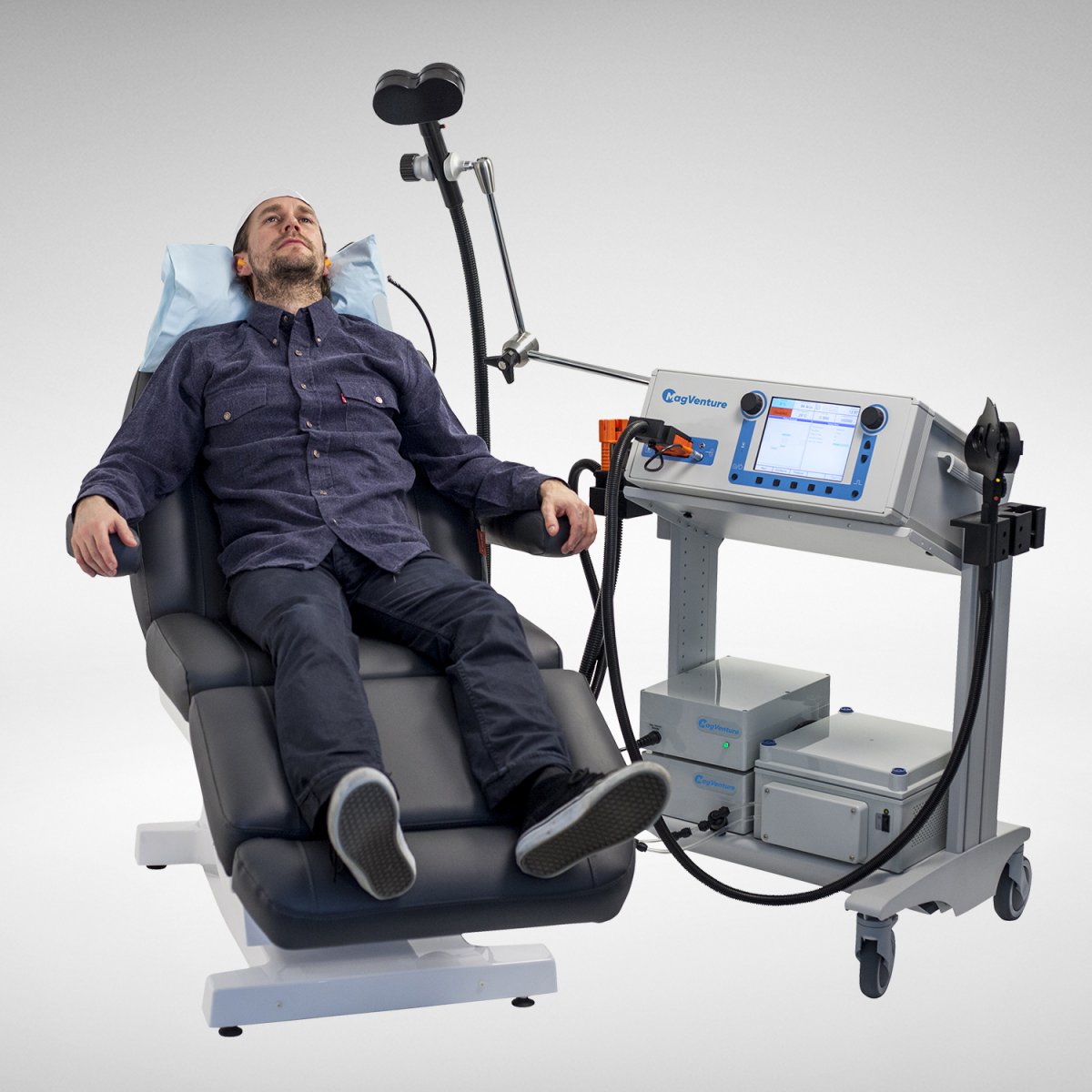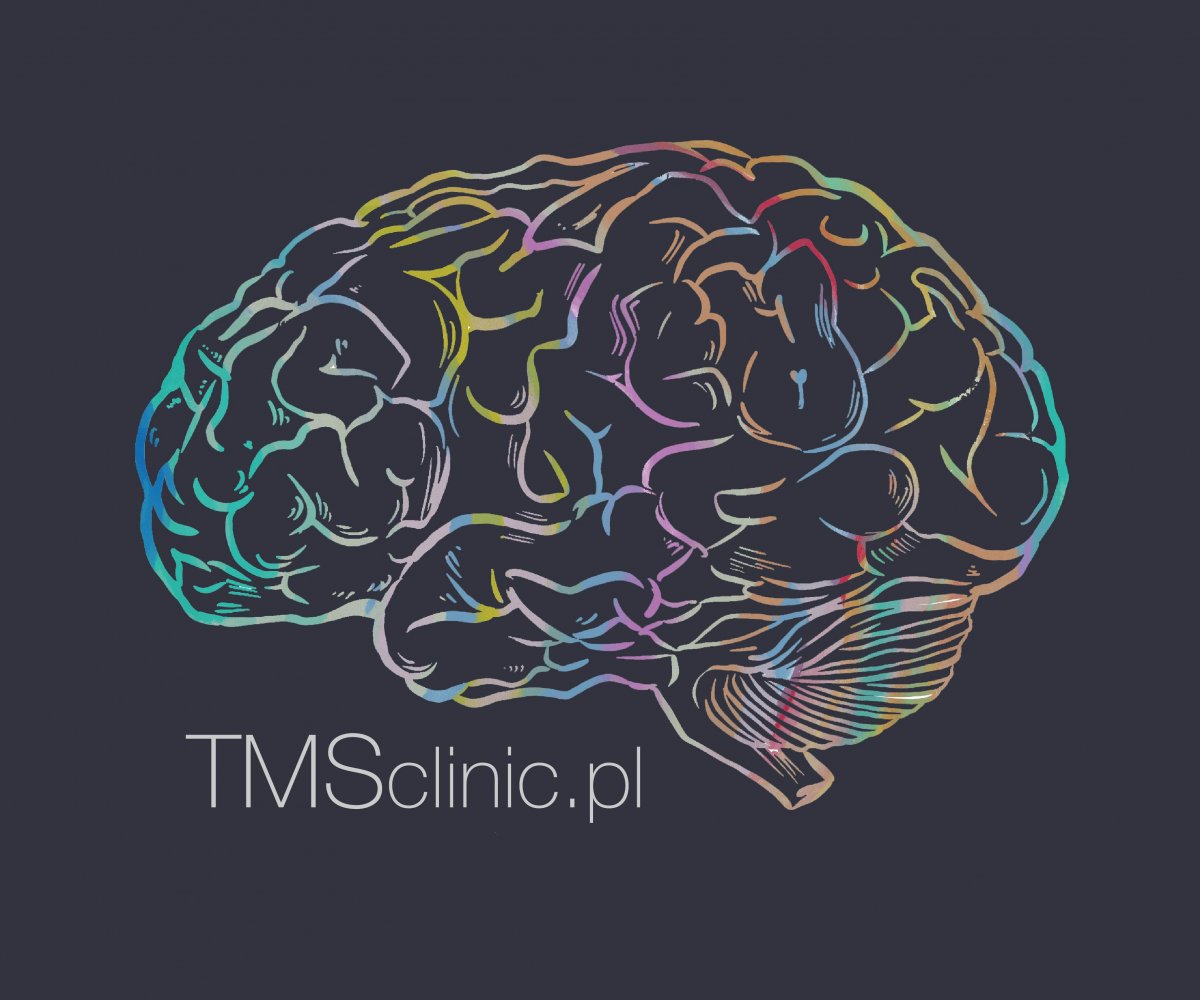
Course of TMS therapy
Treatment consists of a series of treatments lasting
from a few minutes to several tens of minutes, depending on the indication and
the protocol used.
During
the procedure, the patient sits comfortably in a chair while a coil
applied to his head emits electromagnetic impulses aimed precisely at a
specific region of the brain.
The
treatment takes place on an outpatient basis, without the need for
anesthesia, hospitalization or sick leave. The treatments do not disturb
your everyday life in any way.
The
method is characterized by few and not very troublesome side
effects, the most common being a slight discomfort felt at the site of head
stimulation (irritation/ pinching) and a transient headache.
Depression treatment:
The
classic treatment protocol for depression is based on repetitive
stimulation - rTMS (repetitive TMS), with a frequency of 10 Hz - and
consists of a series of 20 to 30 treatments over the 4-6 consecutive weeks weeks; a single
treatment lasts 19 min or 37 min and 30s. An alternative protocol is Express
TMS® based on iTBS (intermittent theta burst stimulation), where the
treatment duration is only 3 min 9s.
In the case of both protocols, the stimulated brain region is the dorsolateral prefrontal cortex which is responsible for cognitive functions such as planning, decision-making and mood control, and which shows reduced activity in depression. The aim of the stimulation is to excite this brain area.
In the case of both protocols, the stimulated brain region is the dorsolateral prefrontal cortex which is responsible for cognitive functions such as planning, decision-making and mood control, and which shows reduced activity in depression. The aim of the stimulation is to excite this brain area.
Pain
management:
In the
treatment of neuropathic pain the most common protocol is rTMS with its
stimulating effect and the stimulation is applied to the region of the primary motor
cortex. The time of a single treatment is a few minutes, 3 to 10 treatments
are recommended.
Literature:
Blumberger DM et al., Effectiveness of theta burst versus high-frequency repetitive transcranial magnetic stimulation in patients with depression (THREE-D): a randomised non-inferiority trial. Lancet 2018, 391(10131):1683-1692.
Lefaucheur JP et al., Evidence-based guidelines on the therapeutic use of repetitive transcranial magnetic stimulation (rTMS): An update (2014-2018). Clin Neurophysiol 2020, 131(2):474-528.
